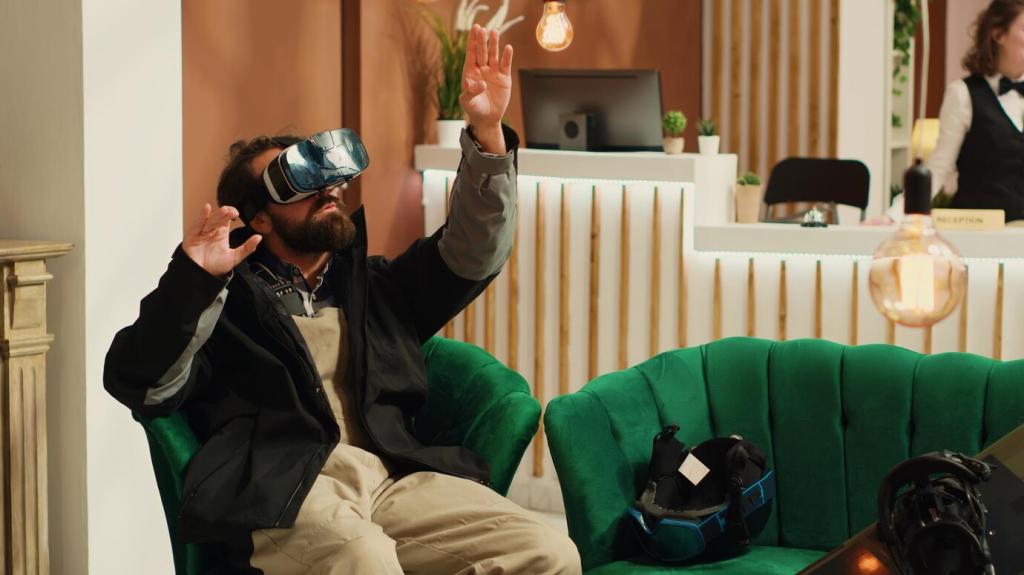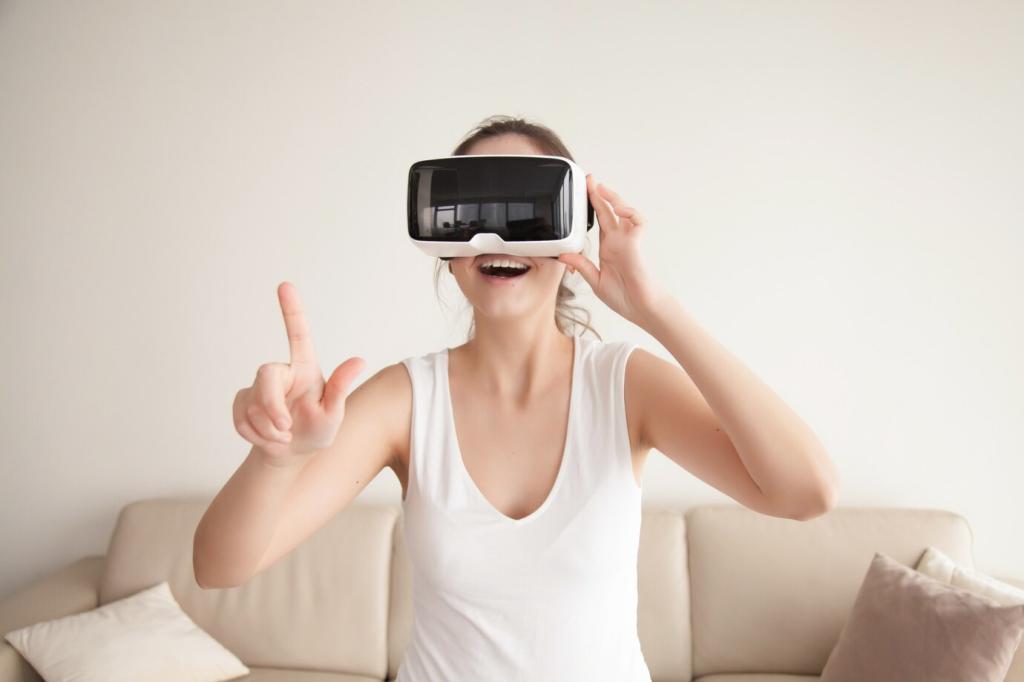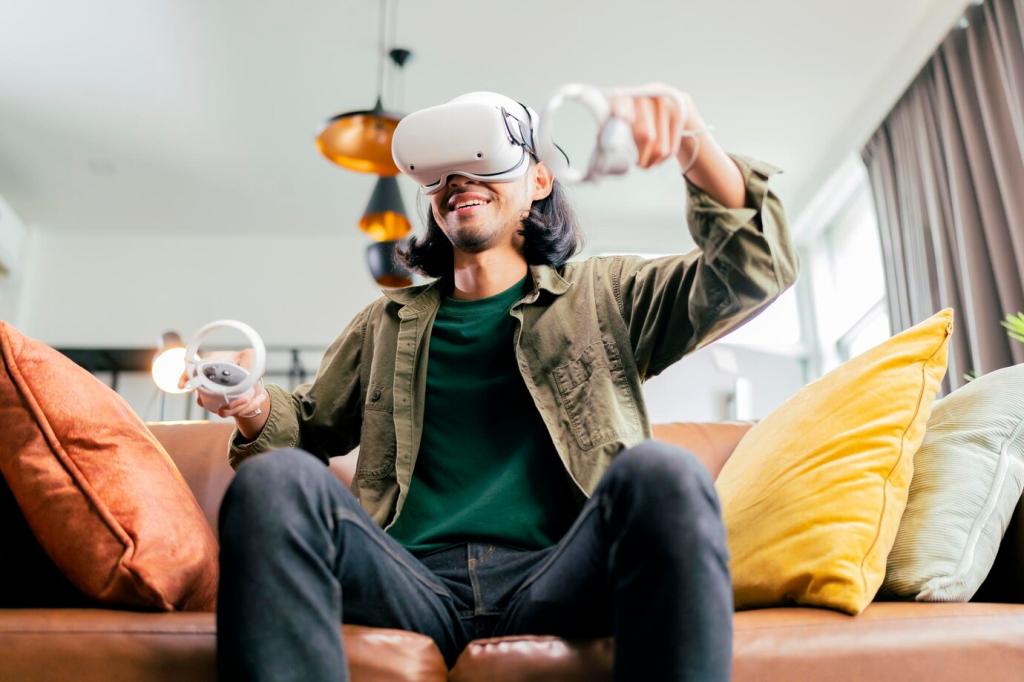This website uses cookies so that we can provide you with the best user experience possible. Cookie information is stored in your browser and performs functions such as recognising you when you return to our website and helping our team to understand which sections of the website you find most interesting and useful.
Innovative Interior Spaces with Virtual Reality
Innovative interior spaces are being reimagined through the power of virtual reality, transforming both how we design and experience environments. This cutting-edge technology allows architects, designers, and clients to immerse themselves in virtual renditions of interiors before a single physical element is put into place. As VR tools become more accessible and sophisticated, the boundaries of imagination in design continue to expand. Whether optimizing residential functionality, enhancing collaborative workspaces, or envisioning future-ready commercial environments, virtual reality is at the forefront of revolutionizing the field of interior design. Below, we explore how VR is reshaping the way we think about and engage with interior spaces.

Transforming the Design Process



